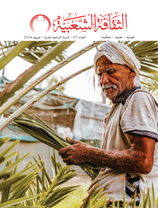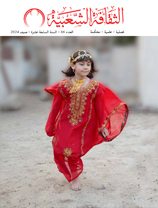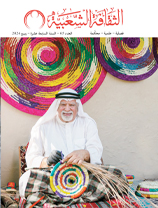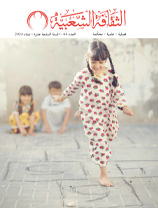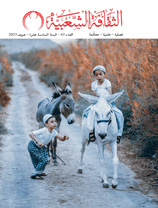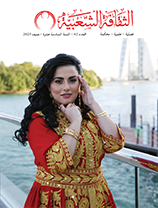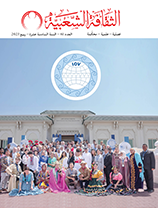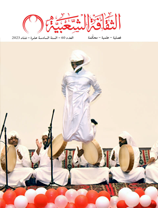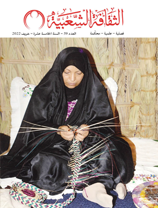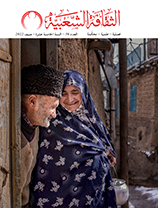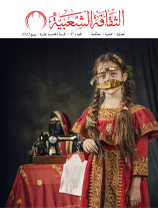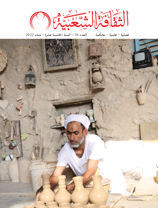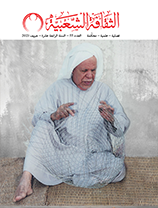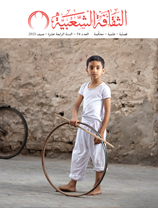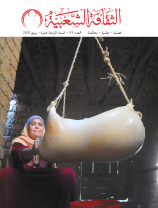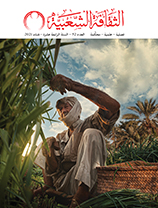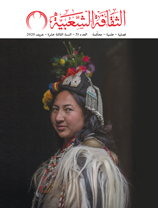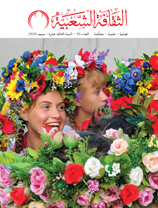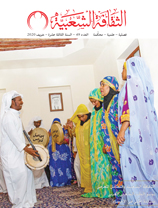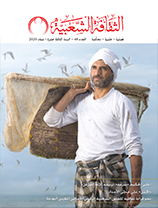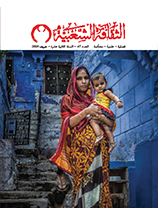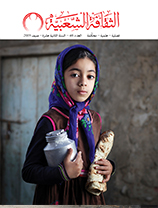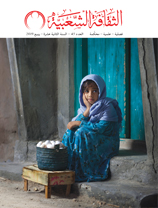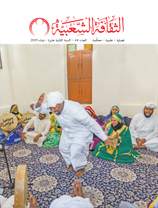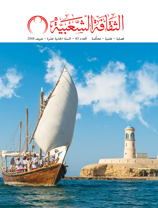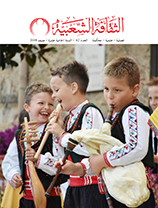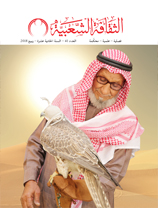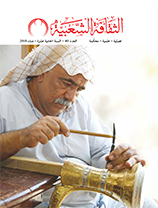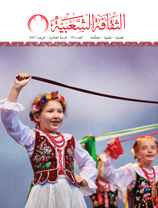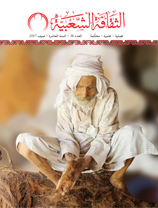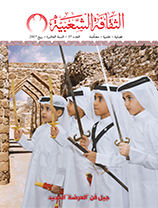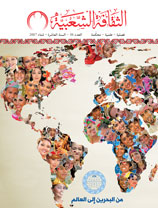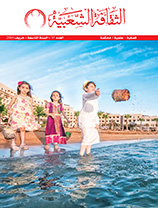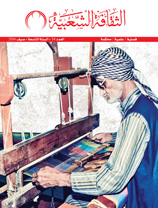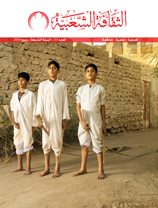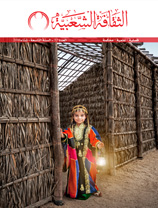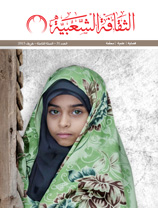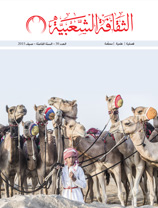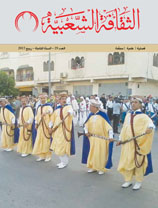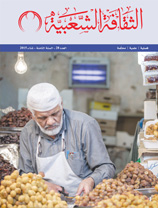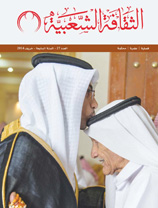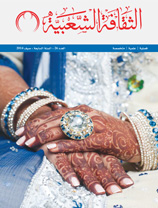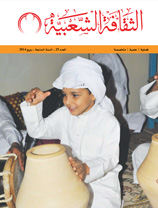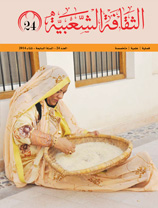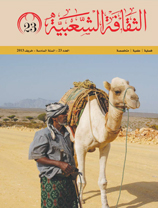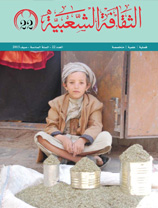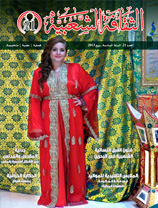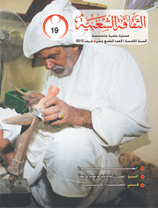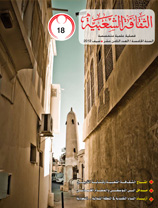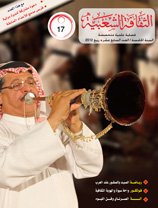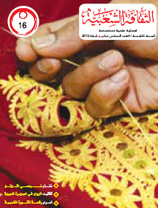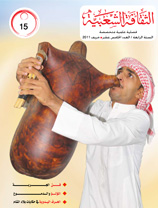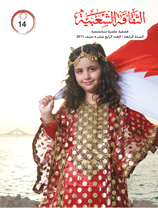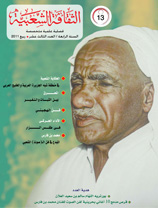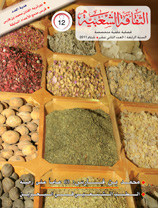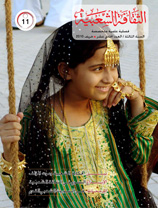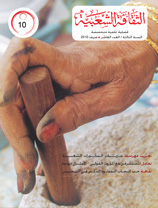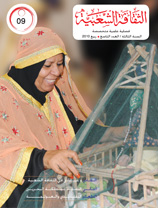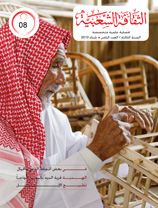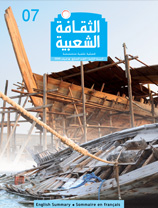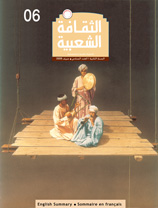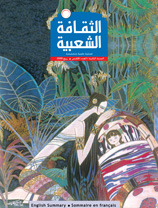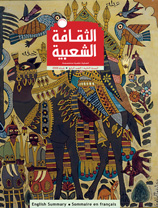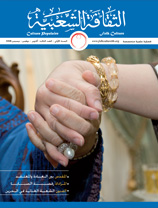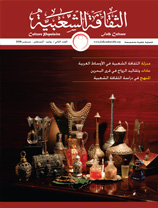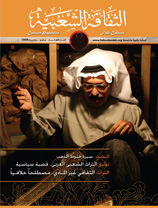The Arabian Gulf Folktale: A Study of Cultural Patterns and Interpretation
Issue 13
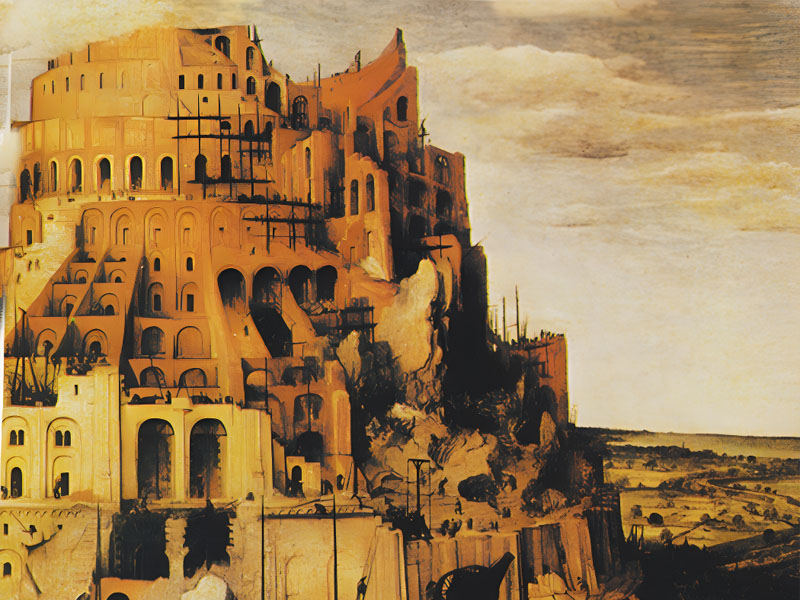
Dia Abdullah Al Kaabi (Bahrain)
The folktale is an orally narrated story born of collective memory and passed down repeatedly in an attempt to explain humanity’s relationship to the universe and the cultural norms that govern societies. Folktales include myths, popular epics, proverbs, puzzles, jokes and popular songs.

Although the cultural aspect of the Arabian folktale and its interpretation have always been highly significant, they have received insufficient attention and research. Most studies have focused on phenomenalistic analysis and aesthetic aspects to arrive at functions and structure, without considering semantics and cultural norms. Serious studies done in the field of interpretation, such as Abdul Hamid Burayu’s study of Maghreb’s fairy tales are exceptions. Burayu’s is an analytical study of the connotations of meaning that focuses on coherence and the different levels of the tales’ discourse, which are explored slowly through the analysis of the cultural features linking the tale to its cultural context.
This study aims to provide a cultural and interpretive reading of the Arabian folk tale based on a cultural narrative analysis. This approach is used to determine the implications of the popular narration of the tales and to explore the tales’ cultural epistemological manifestations. The choice of this focus is not intended to diminish the role of the formalists’ studies and the structural aesthetic approach, which helps to clarify the text. We believe that the synergy of structural and aesthetic approach and cultural interpretation will result in an integrated study of the Arabian folktale.

This study is restricted to four groups of collections of Arabian folktales (tales of the Arabian Peninsula and the Arab Gulf), despite the fact that the author’s ambition is to extend his study to the entire Arab world. The restriction has been, most notably, due the difficulty of obtaining the collection of all popular Arab folktale, such difficulty is attributed to the very limited circulation of surviving collections. Another challenge is the gravity of the efforts needed to study and analyze huge collections with the absence of institutional organized work.
The following collections were analyzed and studied:
1- Popular Myths from the Heart of the Arabian Peninsula by the Saudi scholar Abdul Karim Al Juhaiman. The collection consists of five large volumes of over one hundred folktales.
2- Al Tabat Wa Al Nabat: Hijazi Folktales by the Saudi scholar Lamia Muhammad Salih Ba’shin. Six volumes that consist of one hundred Hijazi folktales.
3- Stories Popular in Qatar by Salman Muhammad Talib Dweik, Volume 2
4- Tales of Mother Sheikha by Bahraini scholar Anisa Fakhru. Four volumes of one hundred and one popular Bahraini tales written in simplified standard Arabic with some words in the Bahraini dialect.

